
NASA Technology
@NASA_Technology
We develop, demonstrate, and infuse transformational technologies that enhance NASA’s efforts to explore the unknown in space and benefit life on Earth.
Clayton Turner serves as the head of the Space Technology Mission Directorate, but his path to leadership wasn’t traditional. Find out how his early life experiences helped prepare him for his work at NASA and what he dreams for his grandson's generation: go.nasa.gov/3HR1ewi
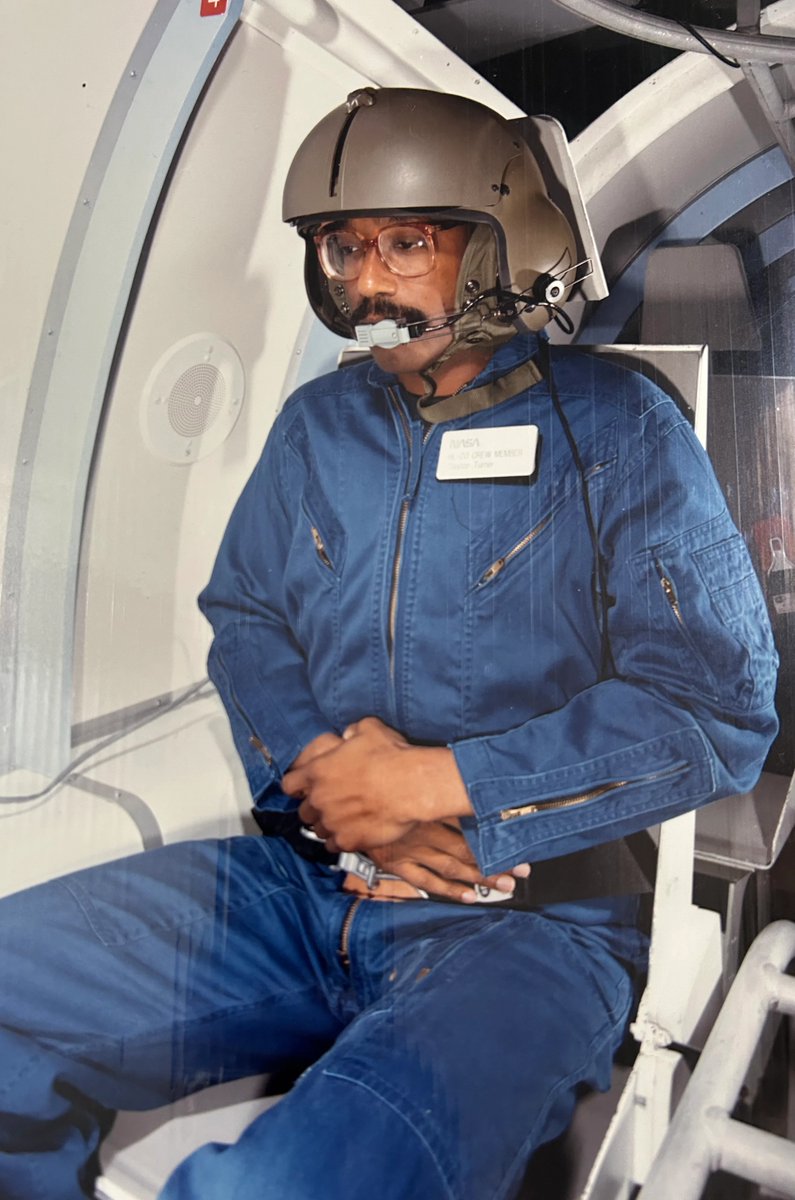
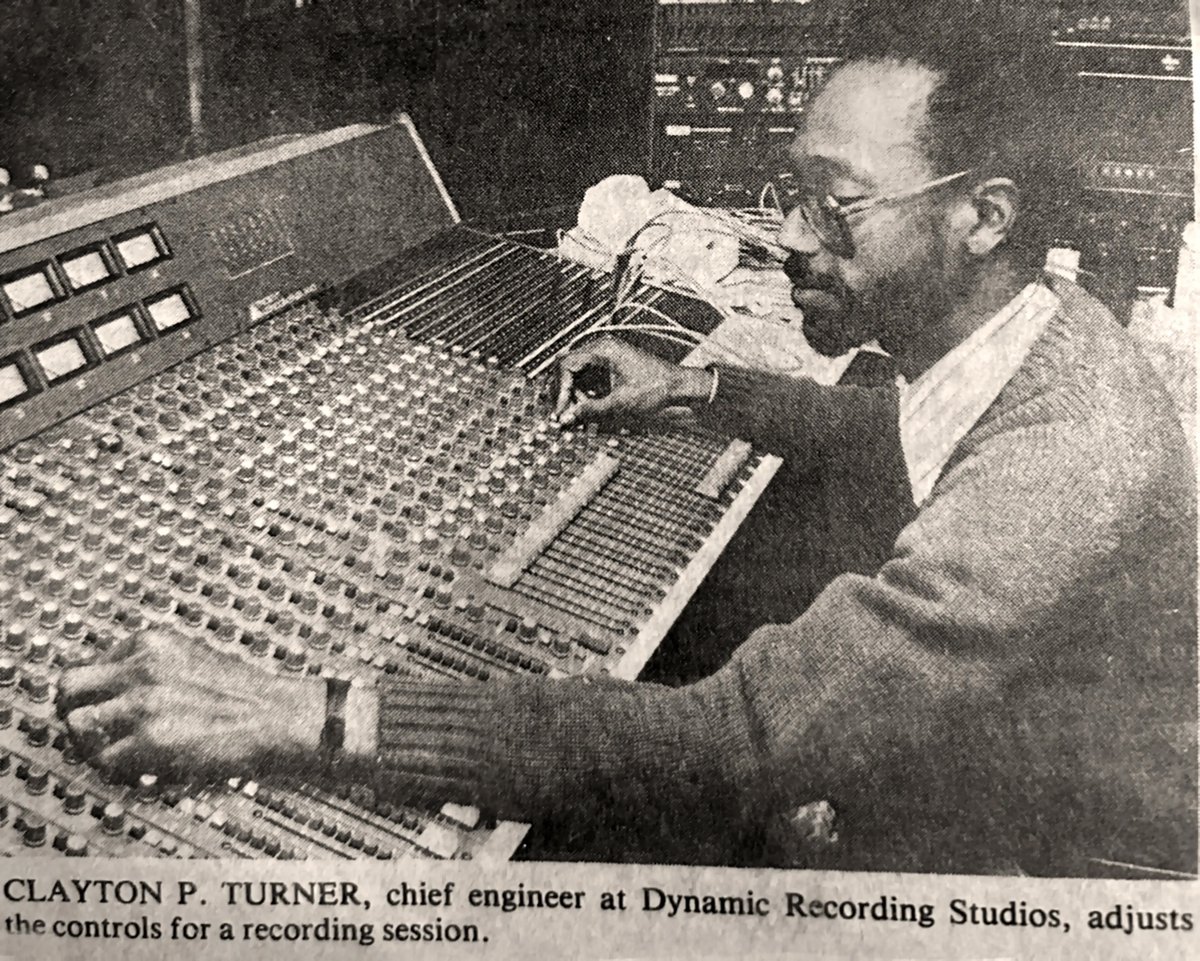
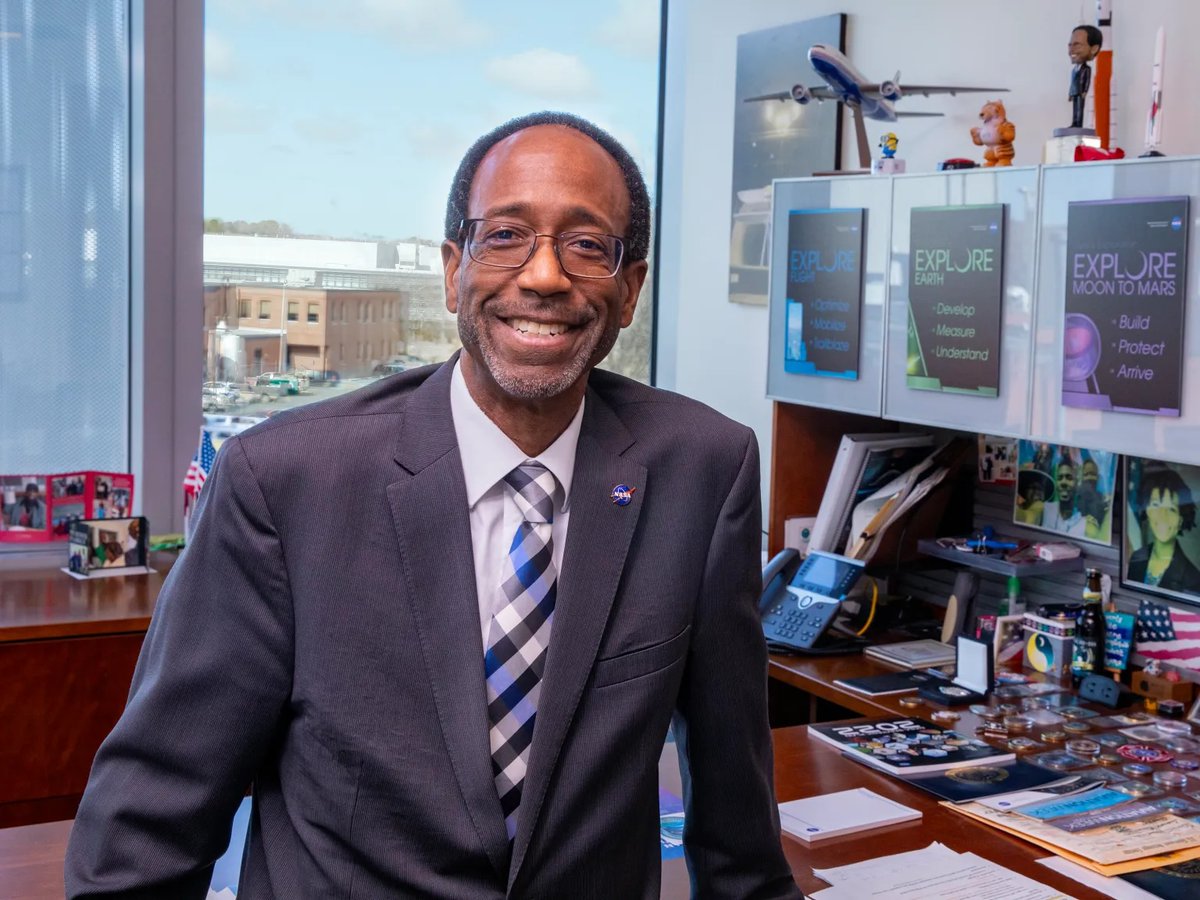
Tonight at 8pm ET online and at the @msichicago: NASA Innovative Advanced Concept researchers present their futuristic ideas – like using fungi to build structures off-planet or transplanting healthy mitochondria to protect astronauts from radiation during deep space missions –…
Join us for our annual From Science Fiction to Science Fact event in partnership with NASA Innovative Advanced Concepts (NIAC) & learn about two cutting-edge concepts shaping the next frontier of space exploration! 🎟️ Register for this free online event: msichicago.org/explore/whats-…
NASA's technology goes the extra mile with this 2025 spinoff. Tech that keeps astronauts fit on the @Space_Station can be used to help those whose injuries prevent them from walking or running at their full body weight. Learn more: go.nasa.gov/3IjOzSw
A global challenge is helping us prepare for possible emergency scenarios when astronauts are living and working at the Moon's South Pole. Check out the winning solutions to enhance safety during future missions: go.nasa.gov/4kVxZqD

We're aiming to create a more unified, focused and impactful digital voice for NASA technology and innovation. We look forward to continuing to highlight technologies that were built for space but are now working for you here on Earth.
NASA is shrinking its social media footprint, including Spinoff, but sharing NASA innovations benefitting life on Earth is important as ever. Future news and updates about space in your life will continue on @NASA_Technology and will always be available on spinoff.nasa.gov
Laura Judd is a research project scientist at @NASA_Langley who maps air pollution over cities at 28,000 ft. as part of an integrated observing system to better understand air quality. Laura is passionate about how air pollution impacts our lives, and she says that although the…
Calling all coders!🧑💻 The 2025 NASA Software Catalog is here, featuring programs developed by @NASA_Technology for our missions that you can use for your projects. Check out the free, downloadable programs at software.nasa.gov.
Over the next decade, @NASA missions near Earth will adopt commercial services to send and receive data. The Polylingual Experimental Terminal (PExT) demonstration, launching alongside TRACERS, will attempt to prove missions can roam between commercial and government satellite…
Get with the programs! Our Software Catalog features several new codes and programs that YOU can use to bolster your projects and innovations. Ours is the only repository like it in the federal government! Find out how to use it: go.nasa.gov/40SgkYL
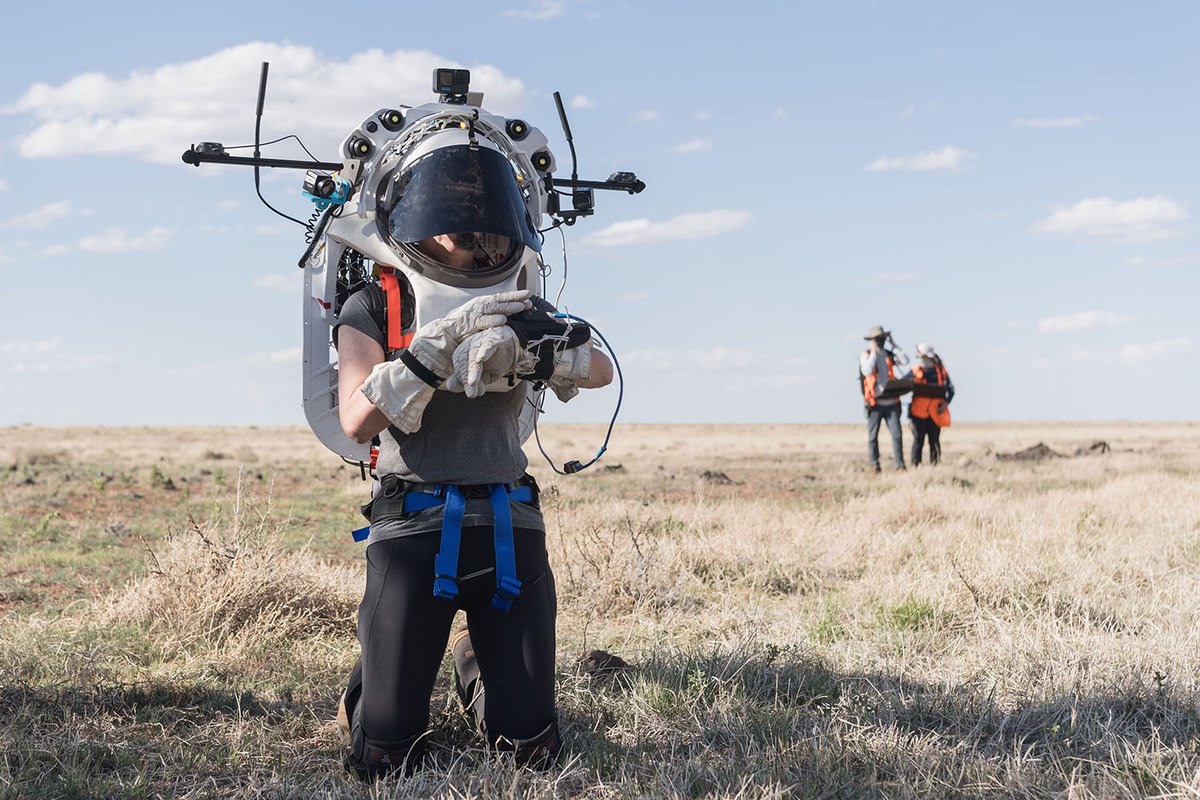
We're investing $44.85 million in nearly 300 American small business teams to develop new technologies in support of our future missions. Learn more about this year's SBIR/STTR recipients and their proposed innovations: go.nasa.gov/46ASqVr
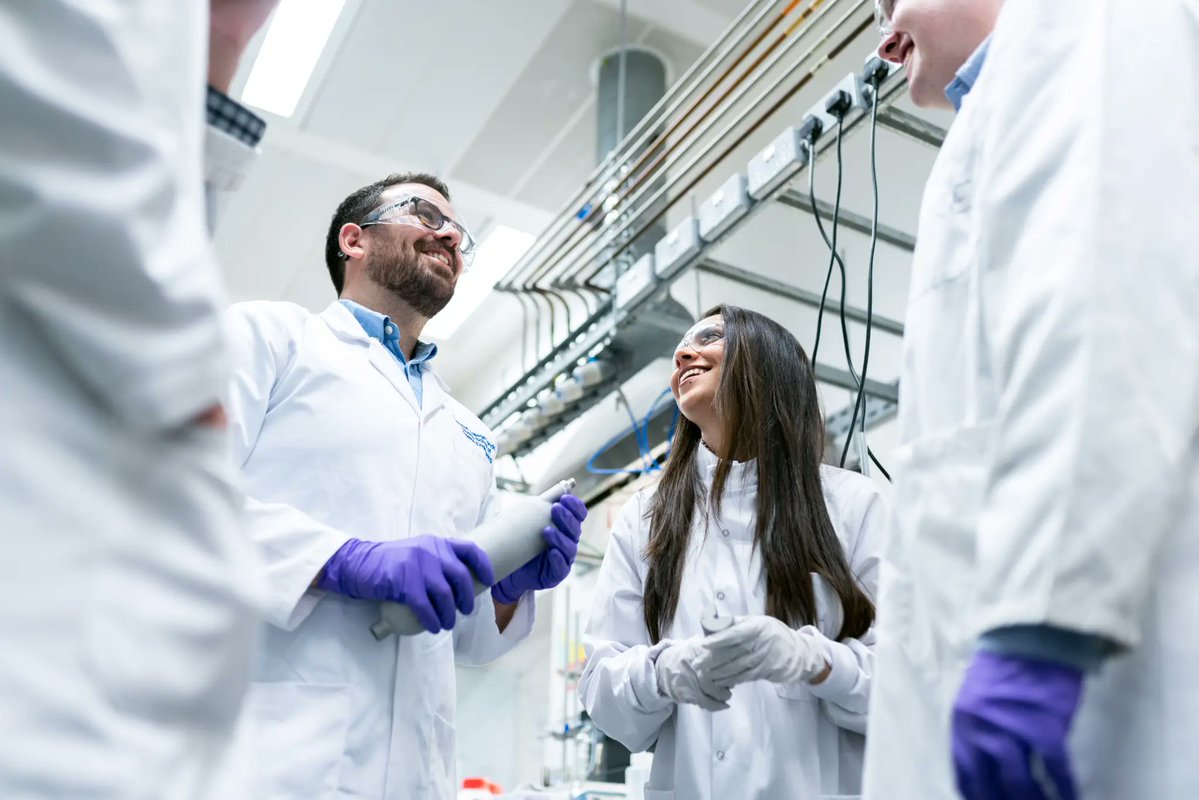
📢 Calling all visionaries! The NASA Innovative Advanced Concepts Phase I solicitation is back – pioneering research for the future. This is your chance to submit bold aerospace ideas that could become the next breakthrough! Proposals due by July 15: go.nasa.gov/3Gq7gnb

Grant opportunity! @NASA_Technology is seeking proposals from accredited U.S. universities on behalf of outstanding early-career faculty members who are beginning independent research careers. See the full solicitation for topics and proposal details: nspires.nasaprs.com/external/solic…
Time for an International Asteroid Day pop quiz!🪨 Asteroids ... a. are rocky objects that orbit the Sun b. range in size from as small as a car to as big as a state c. are mostly found between Mars & Jupiter d. all of the above Find the answers here: nasa.gov/learning-resou…
📢 Announcing 10 WINNERS of the TechLeap Prize: Space Tech Payload Challenge! These teams will develop and have the chance to flight test technology solutions to meet our future exploration and science mission needs. Meet the winners: stpc.nasatechleap.org/results
On June 23, the @VardaSpace W-4 capsule launched aboard @SpaceX's Transporter 14 mission. Protected by a heat shield Varda made using tech developed by @NASAAmes, W-4’s re-entry to Earth will test the shield’s innovative materials at temps up to 7,000°F: go.nasa.gov/446Lqg4
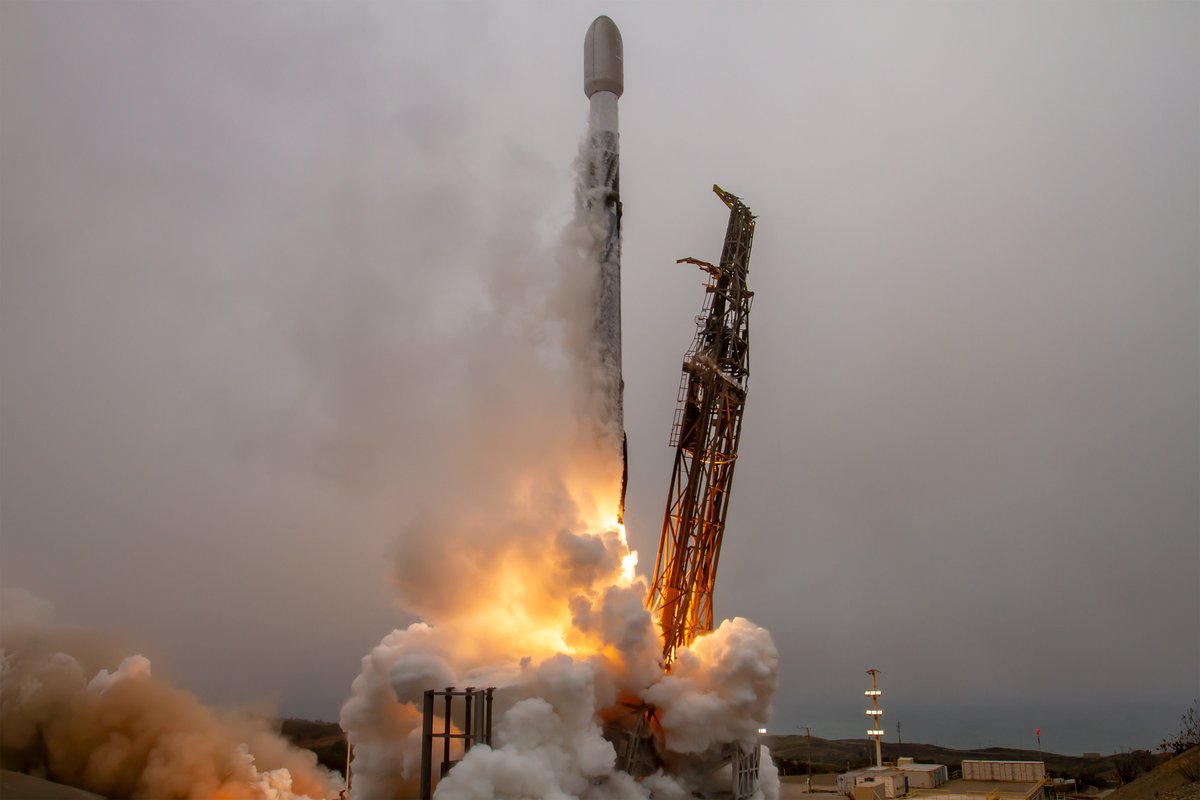
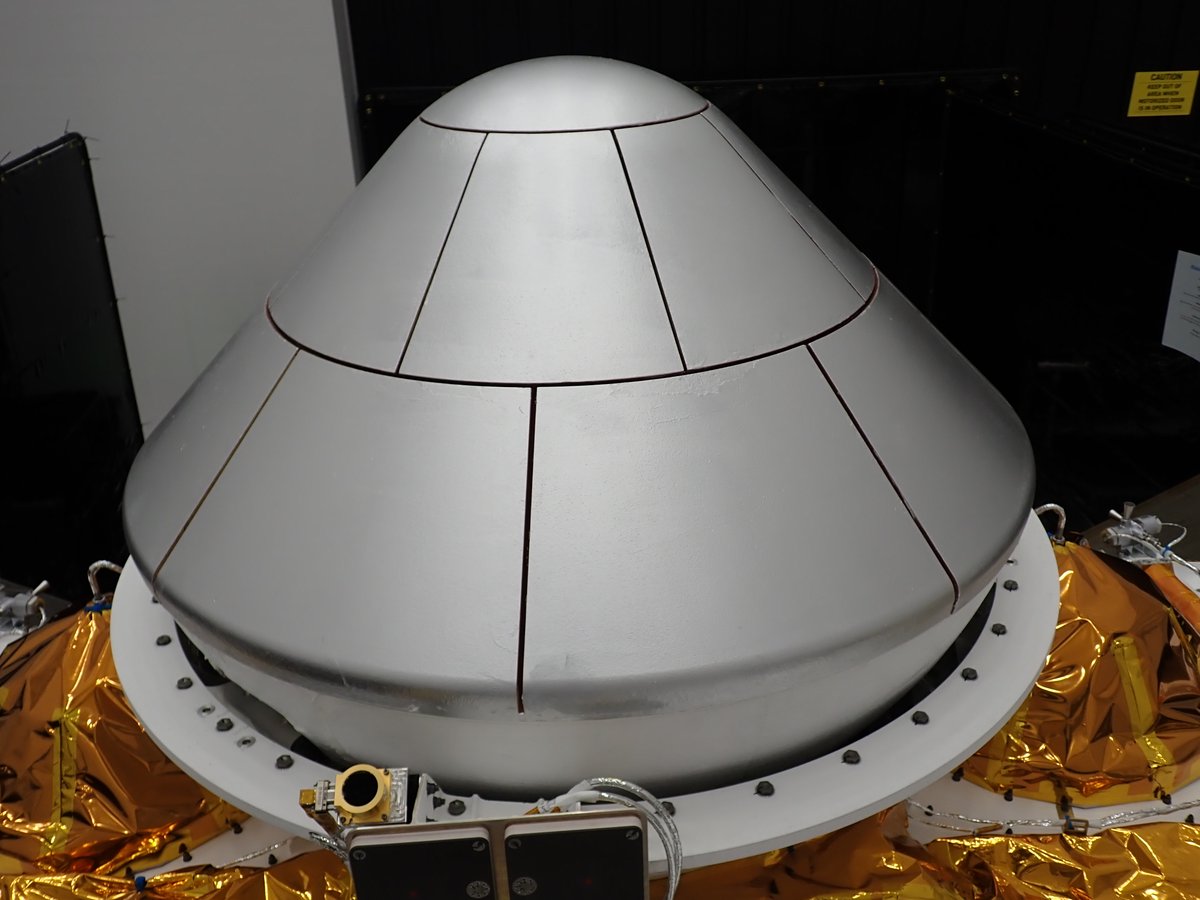
You’ve never seen @NASAWebb like this. 👀 Experience every close-call, technological feat, and scientific marvel of the Webb telescope's journey, through the eyes of the people who made it happen. Our new NASA+ documentary, Cosmic Dawn, is streaming now:…
On June 13, UP Aerospace's Spyder #hypersonic rocket successfully launched for the first time! Developed with support from @NASA_Marshall and our Flight Opportunities program, Spyder can test re-entry systems at hypersonic speeds. Get the details: go.nasa.gov/4edsBgc

Astronauts will rely on more than rockets to get to the Moon and Mars – they’ll need recycling tech that works in space, too! ♻️ Our LunaRecycle @NASAPrize Challenge recognized 17 teams whose ideas could turn trash into treasure on future missions ➡️ youtube.com/watch?v=lpqiHC…